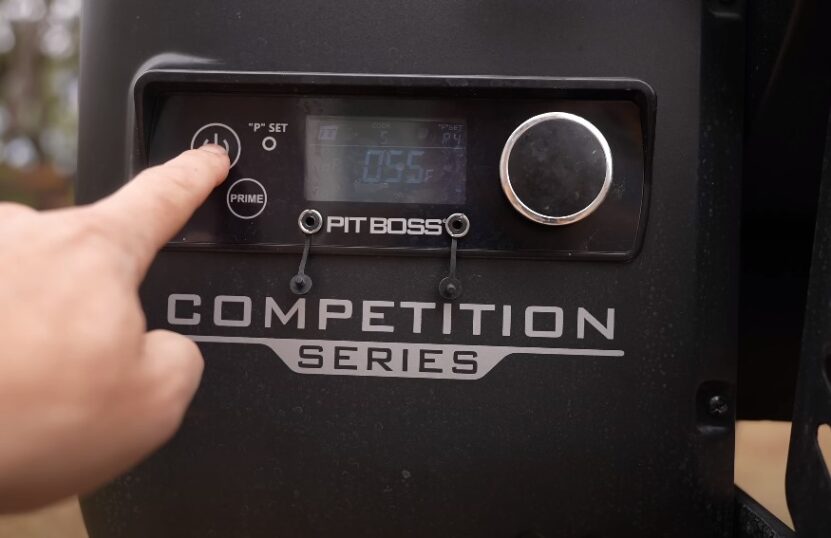Pellet grills have revolutionized outdoor cooking, offering precision and versatility. But like any technology, they can encounter issues. A common problem is the ‘Low Temperature Error’ – when your pellet grill doesn’t reach the set temperature.
This error can be frustrating, but with some knowledge and troubleshooting, it’s manageable. Here’s how to effectively resolve it.
Step-by-Step Troubleshooting
1. Check the Pellets
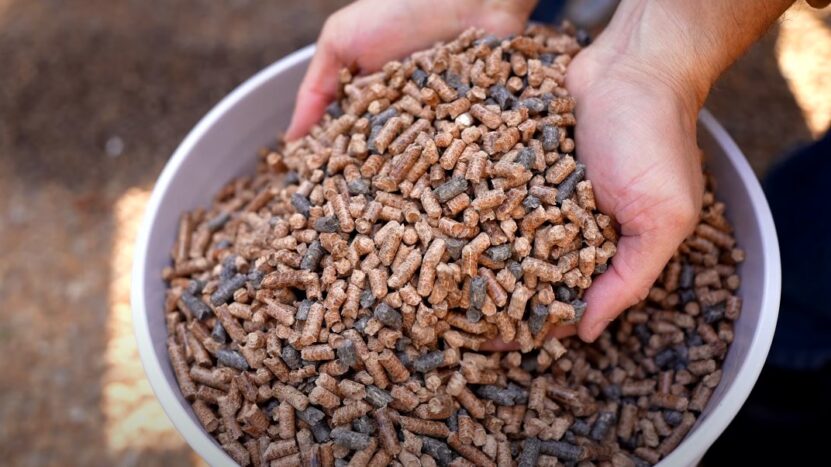
Ensure your pellets are high-quality and dry. Poor quality pellets don’t burn efficiently, causing temperature issues.
These inferior pellets often contain a high percentage of fillers and binders that affect their burning efficiency, leading to uneven heat and fluctuations in temperature.
They can also produce more ash, which in turn can clog up the grill’s system, further exacerbating temperature control issues. It’s essential to choose high-grade pellets made from pure, food-grade wood for optimal performance.
Store pellets in a dry environment to prevent moisture absorption which can lead to this error.
Hopper Levels
Refill if the pellets are low. When the hopper runs low, it can’t feed enough pellets into the fire, leading to a drop in temperature. Check the hopper regularly during long cooking sessions, as it can prevent unexpected temperature issues.
Remove Obstructions
Clear any blockages in the hopper or auger. Blockages can disrupt the flow of pellets to the firepot, causing temperature inconsistencies. Regular maintenance and clearing of the hopper and auger path can ensure a smooth pellet flow.
2. Clean the Temperature Sensor
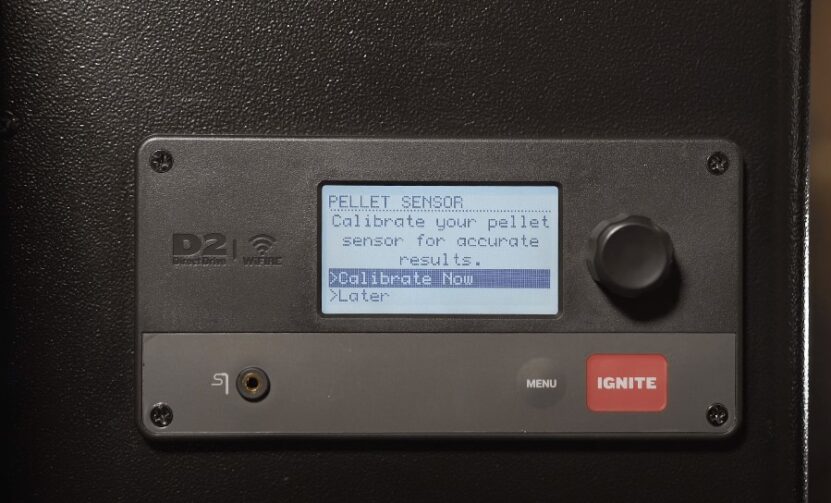
Find the temperature sensor inside your grill. It’s usually located near the lid; refer to your grill’s manual for the exact location. A correctly functioning sensor is crucial for accurate temperature readings.
A dirty or faulty sensor can give inaccurate readings. Over time, grease and smoke can accumulate on the sensor, leading to false readings and the grill not heating correctly.
A damaged or malfunctioning sensor can also miscommunicate the internal temperature, necessitating a replacement for accurate temperature control.
It’s advisable to clean the sensor gently but thoroughly and to inspect it for any signs of damage regularly. Wipe it with a soft cloth; avoid damaging it. Regular cleaning of the sensor ensures better temperature control and grill performance.
3. Assess Airflow
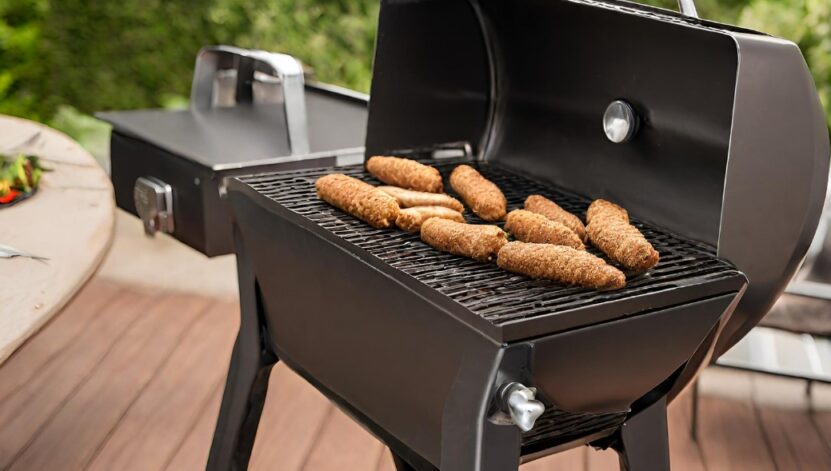
Proper airflow is crucial for maintaining combustion in a pellet grill; any obstruction can lead to poor flame quality and low temperatures.
Ash buildup, grease, or even the positioning of the grill (blocking the vents, for example) can restrict airflow. Regular cleaning, especially after several grilling sessions, is key to maintaining optimal airflow.
Check Vents
Ensure vents are open and unobstructed. Proper vent positioning is crucial for maintaining the desired temperature. Adjusting the vents can help in controlling the airflow and thus the grill’s internal temperature.
4. Inspect the Igniter
Look for visible damage. Signs of wear or damage may indicate it’s time for a replacement. A faulty igniter can prevent the grill from heating up at all, leading to the low temperature error.
If the igniter isn’t working, it may need replacement. Testing can be done by observing the igniter during startup to see if it glows and ignites the pellets. If there’s no ignition, it’s a clear sign that the igniter requires replacement.
Preventative Measures
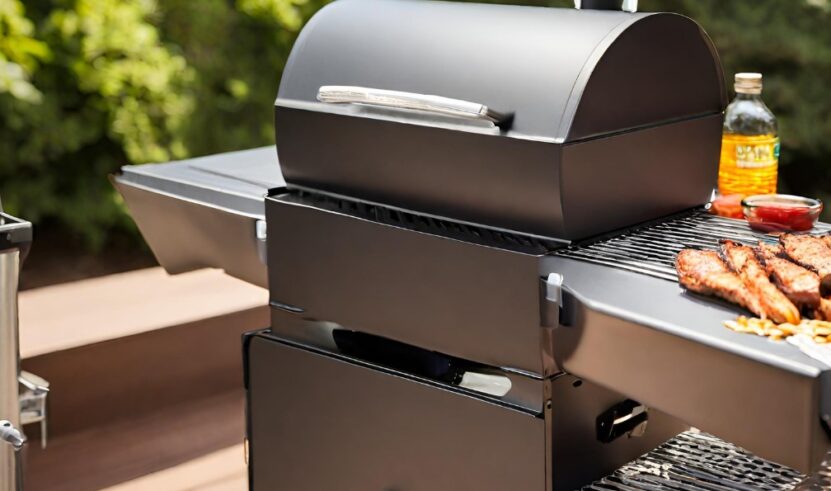
Regular Maintenance
Keeping your grill clean is crucial in preventing most issues. After each use, a thorough cleaning ensures the grill operates at its best, reducing the likelihood of encountering the Low Temperature Error.
Inspect Components
Regular inspection of sensors, igniters, and hoppers is essential. Check the sensors for any signs of damage or soot buildup that might affect their accuracy.
The igniter should show no signs of wear or failure, and ensure the hopper is free from pellet jams or residue, which can disrupt the flow of pellets and affect the grill’s performance.
Invest in High-Quality Pellets
High-quality pellets are fundamental for consistent and efficient burning. Cheap or low-grade pellets often contain fillers or binders that can create excessive ash and cause temperature fluctuations.
By choosing premium pellets, you also ensure a longer burn time and better flavor, enhancing your overall grilling experience.
Advanced Solutions
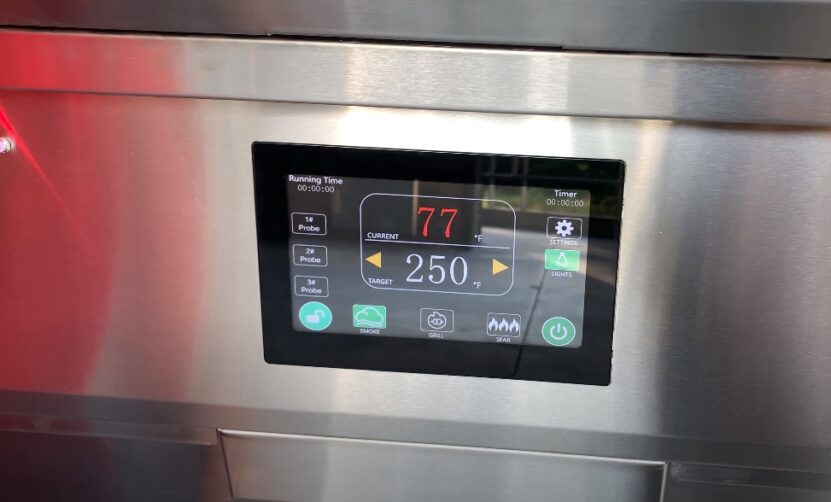
Check for Updates
Ensuring your grill’s firmware is up to date is key. Manufacturers often release updates that improve performance and fix known bugs.
Staying current with these updates can enhance the grill’s efficiency and may resolve underlying software issues that could contribute to temperature problems.
Service Your Grill
If problems persist despite troubleshooting, professional help is advisable. A trained technician can diagnose and fix issues that are not easily identifiable or solvable at home.
Regular professional servicing can also prolong the life of your grill and maintain its optimal performance.
FAQs
Can weather conditions affect my pellet grill’s temperature?
Yes, extreme weather conditions, especially cold and windy weather, can affect its ability to maintain temperature. Using a cover or windbreak can help mitigate these effects.
How long do pellet grill igniters typically last before needing replacement?
The lifespan of a pellet grill igniter varies based on usage and quality, but typically they can last between 2 to 4 years. Regular cleaning and maintenance can extend their lifespan.
Can the placement of my pellet grill affect its temperature control?
Absolutely. Placing your grill in an area with consistent wind exposure or direct sunlight can impact its ability to maintain a steady temperature. Finding a more sheltered location can help improve performance.
Should I unplug my pellet grill when it’s not in use to avoid firmware issues?
This can be a good practice. It not only saves power but also reduces the risk of any electrical issues that might affect the grill’s electronic components, including firmware.
Is there a specific type of pellet that works best for maintaining temperature?
While the best type of pellet can vary depending on your grill model, hardwood pellets are generally recommended for better heat production and consistency. Avoid using softwood as it tends to burn faster and less evenly.
How often should I update my pellet grill’s firmware?
It’s best to check for firmware updates at least once a season or according to the manufacturer’s recommendations. Regular updates ensure that your grill operates with the latest software improvements and bug fixes.
Summary
In conclusion, dealing with a Low Temperature Error on a pellet grill involves several straightforward steps. Regular cleaning, using quality pellets, and keeping an eye on components like sensors and igniters are key.
If these steps don’t fix the problem, updating the grill’s firmware or seeking professional help might be necessary. By following these tips, you can usually solve the issue and get back to enjoying your grilling.
